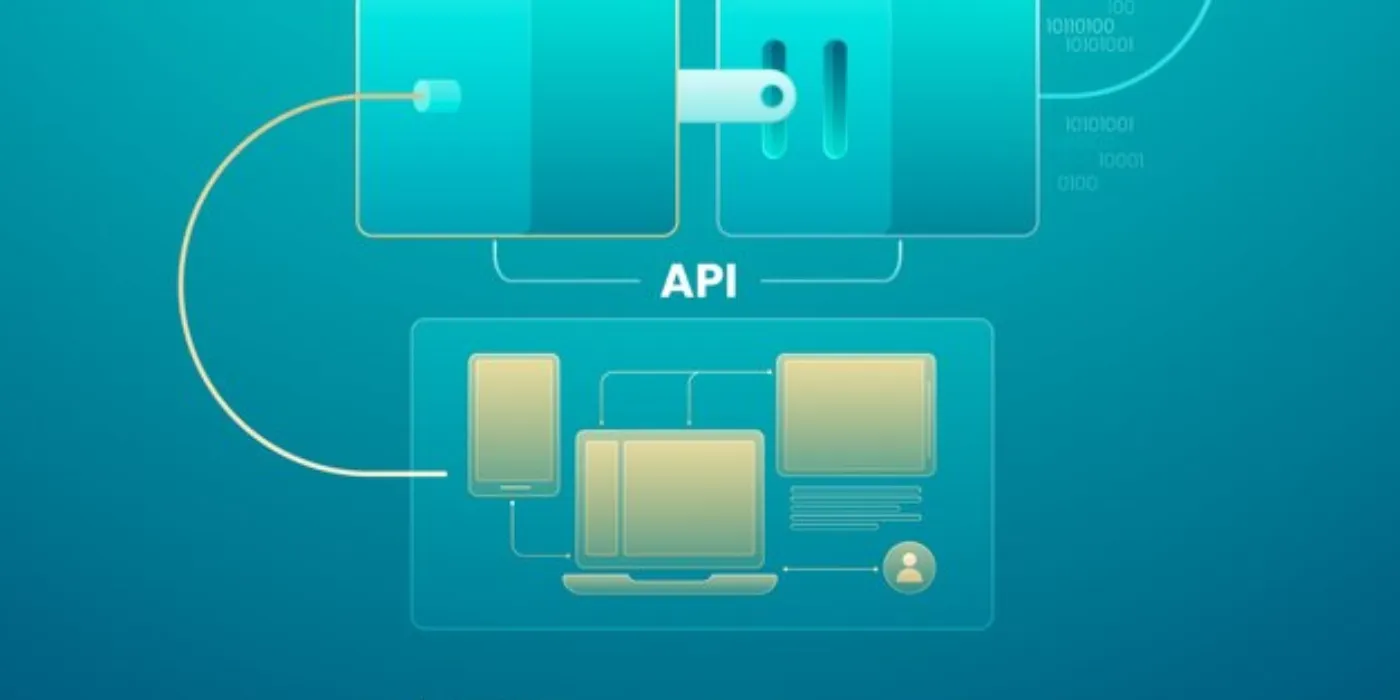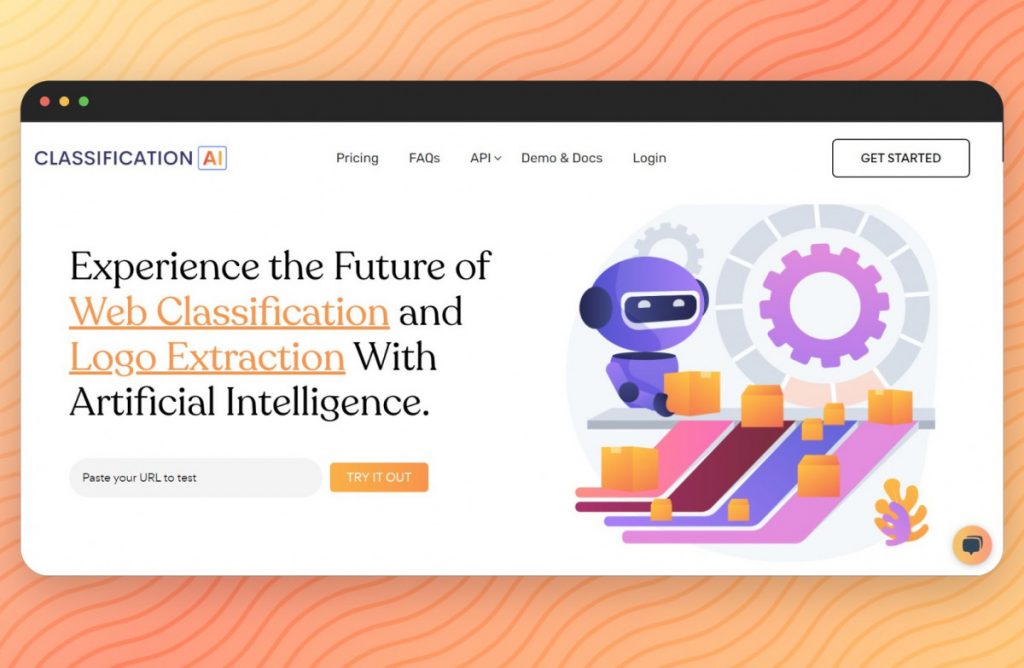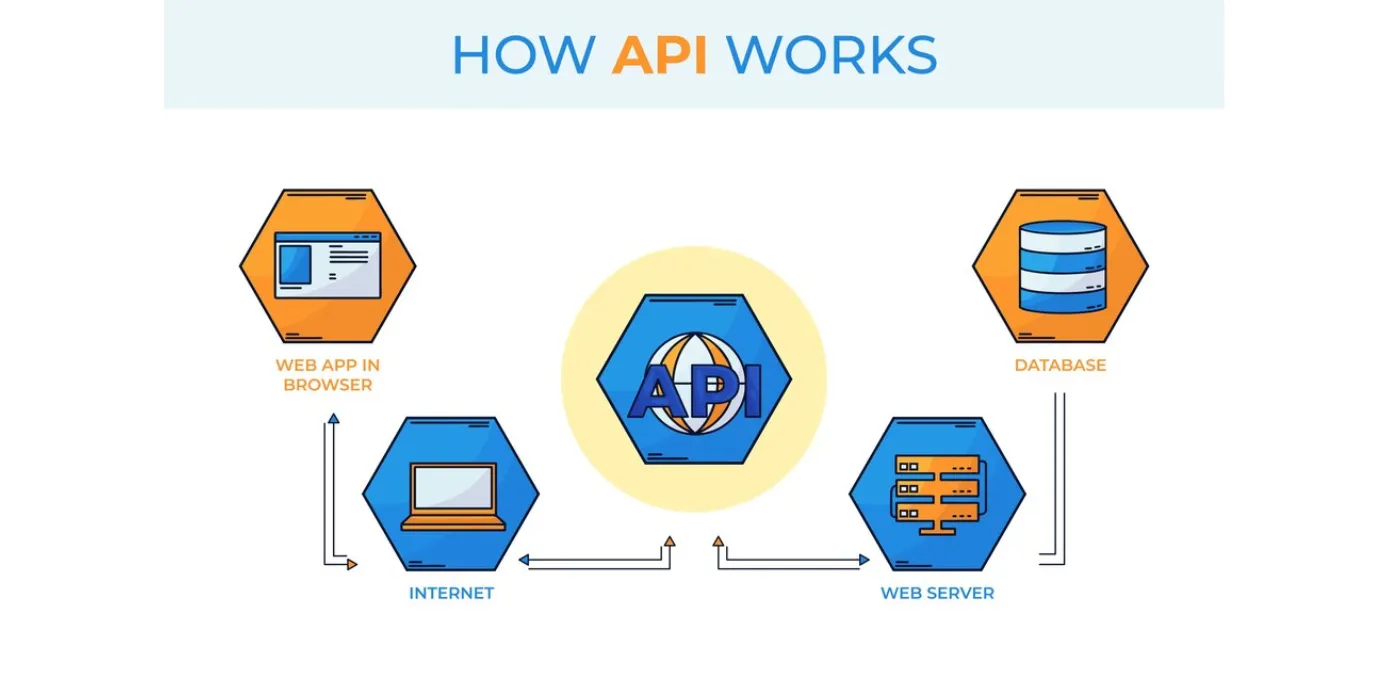In the vast and ever-expanding digital landscape, categorizing and organizing information is crucial for efficient searching and data management. This is where a Categorization API comes into play. A Categorization API is a powerful tool that utilizes advanced algorithms and machine learning techniques to automatically classify and categorize data based on its content. In this article, we will explore how to use a Categorization API effectively.
What is a Categorization API?

A Categorizations API is an Application Programming Interface that allows developers to integrate categorization functionalities into their applications or systems. It analyzes the content of textual data, such as documents, articles, or social media posts, and assigns them to predefined categories or topics. Categorization APIs leverage natural language processing algorithms and machine learning models to automate the categorization process and provide accurate results.
Step 1: Data Preparation
Before utilizing a Categorization API, it is essential to prepare the data that needs to be categorized. This involves cleaning and formatting the data to ensure optimal results. Some key steps in data preparation include:
- Removing irrelevant or redundant information: Eliminate any data that is not relevant to the categorization task to improve accuracy and efficiency.
- Standardizing the format: Ensure that the data is in a consistent and standardized format, such as plain text or JSON, to facilitate processing.
- Preprocessing the text: Apply preprocessing techniques like removing punctuation, converting to lowercase, and eliminating stopwords to enhance the quality of the text data.
Step 2: API Integration
Once the data is prepared, the next step is to integrate the Categorization API into the application or system. This involves accessing the API’s documentation and obtaining the necessary credentials or API keys. The API key is typically used to authenticate and authorize access to the API.
Depending on the Categorization API provider, the integration process may vary. However, the general steps involved in API integration include:
- Importing the API client library: Incorporate the API client library into the application’s codebase to enable interaction with the API.
- Authenticating the API: Authenticate the API using the provided API key or credentials to establish a secure connection.
- Making API requests: Utilize the API client library to send requests to the API server. The requests typically include the data to be categorized and any additional parameters or options required by the API.
- Handling API responses: Process and handle the responses received from the API server. The responses may include the categorization results, confidence scores, or any errors or exceptions.
Step 3: Categorization Configuration
Once the API is integrated, it is crucial to configure the categorization settings based on the specific requirements of the application or system. This includes defining the categories or topics that the API should classify the data into. The categories can be predefined by the API provider or customized according to the application’s needs.
During the categorization configuration, it is essential to consider the granularity and specificity of the categories. Too few categories may result in broad classifications, while too many categories may lead to excessive complexity and reduced accuracy. Striking the right balance is crucial to ensure meaningful and useful categorization results.
Step 4: Data Categorization
With the API integrated and the categorization settings configured, it is time to perform the actual data categorization. This involves sending the prepared data to the Categorization API for analysis and classification. The API applies its algorithms and machine learning models to analyze the content of the data and assign it to the appropriate categories.
The data categorization process typically follows these steps:
- Sending the data: Utilize the API client library to send the prepared data to the Categorization API. The data can be sent in batches or individually, depending on the API’s capabilities and requirements.
- Processing the data: The API server processes the received data, applying its categorization algorithms and models to analyze the content.
- Categorization results: The API server returns the categorization results, indicating the assigned categories and any associated confidence scores. The confidence scores represent the API’s level of certainty in the categorization results.
- Post-processing and analysis: Process and analyze the categorization results as per the application’s requirements. This may involve filtering or sorting the data based on the assigned categories, generating reports, or extracting insights.
Step 5: Iteration and Refinement
Categorization is an iterative process, and refinement is often necessary to improve the accuracy and effectiveness of the categorization results. It is essential to analyze and evaluate the results regularly and make adjustments to the categorization settings if required. This may include adding or modifying categories, fine-tuning the algorithms or models, or updating the data preprocessing techniques.
Regular evaluation and refinement of the categorization process can lead to improved accuracy, increased efficiency, and better alignment with the application’s needs.
To make use of it, you must first:

- Go to Categorization API and simply click on the button “GET STARTED” to start using the API.
- After signing up in Classification.ai, you’ll be given your personal API key. Using this one-of-a-kind combination of numbers and letters, you’ll be able to use, connect, and manage APIs!
- Employ the different API endpoints depending on what you are looking for.
- Once you meet your needed endpoint, make the API call by pressing the button “Run” and see the results on your screen.
Conclusion
Using a Categorization API can significantly enhance the categorization and organization of data in applications and systems. By following the steps outlined above, developers can effectively integrate and utilize a Categorization API to automate the categorization process, improve data management, and facilitate efficient searching and analysis. With advanced algorithms and machine learning models, Categorization APIs offer a powerful solution for handling large volumes of data and extracting meaningful insights.
Read More: Real time categorization api for development purposes

